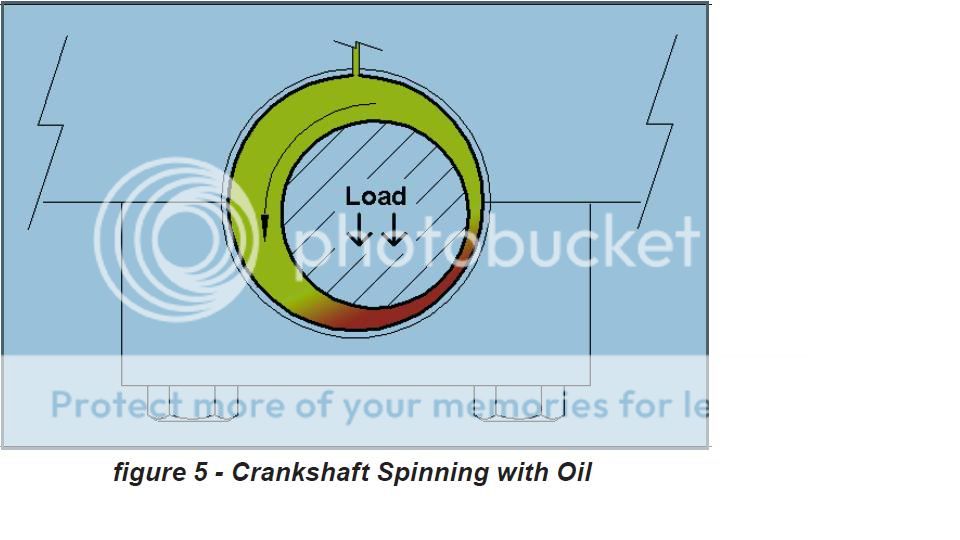Okay, I know the bowels of the engine need attention and there's risk in it not getting proper attention now.
However,simple question regarding cold oil pressure at 35psi then dropping within 30 minutes of running to 5-10psi.
Are all the appropriate engine parts getting adequate lubrication when the pressure is at 35PSI?
If above answer be yes; then operating the tractor for 15-20 minutes with psi in the range of 20-35 causes no additional harm to engine? (About 20 minutes at the time is all I need of tractor time in the garden most of the time.)
However,simple question regarding cold oil pressure at 35psi then dropping within 30 minutes of running to 5-10psi.
Are all the appropriate engine parts getting adequate lubrication when the pressure is at 35PSI?
If above answer be yes; then operating the tractor for 15-20 minutes with psi in the range of 20-35 causes no additional harm to engine? (About 20 minutes at the time is all I need of tractor time in the garden most of the time.)


